De Havilland Mosquito D-Day Markings
Production Time 9 to 10 weeks
Shipment is by FedEx, UPS or DHL International Express Courier with a normal door-to-door delivery time worldwide of within 2-3 business days after dispatch. Due to the current volatility of world fuel prices, the amount mentioned here is our best estimate for DHL and UPS and may be subject to change at the time of shipping.

Model Description: De Havilland Mosquito D-Day Markings Wood Replica Scale Custom Model Aircraft
Manufacturer: De Havilland
Wingspan: 17 Inches (43.2 Centimeters)
Height: 4.8 Inches (12.2 Centimeters)
Scale: 1:38
$239.50
Production Time 9 to 10 weeks
-
United States dollar ($)
-
Pound sterling (£)
-
Euro (€)
-
Australian dollar ($)
-
Canadian dollar ($)
-
Singapore dollar ($)
-
Swiss franc (CHF)
-
Japanese yen (¥)
-
Danish krone (kr.)
-
Hong Kong dollar ($)
-
Norwegian krone (kr)
-
Swedish krona (kr)
-
United Arab Emirates dirham (د.إ)
General Product Description
Our PlaneArts De Havilland Mosquito D-Day Markings model exhibits unique, unrivaled quality and detailed design to come as close as possible to the accuracy of the actual plane. It comes as standard with a robust, durable base or stand which is available in a variety of different finishes designed to match your own personal requirements including solid wood, wood with polished metal supports or adjustable wood wall mount and will be ready within about 9-10 weeks from placement of order.
The De Havilland Mosquito D-Day Markings model is made of the finest kiln dried renewable mahogany wood (commonly known as Lauan or Meranti) which has undergone many stages of carving and meticulous and careful sanding giving the beautiful, finished museum quality masterpiece. Many collectors and model connoisseurs demonstrate their preference for genuine handmade and hand painted mahogany wood models rather than plastic or die cast (diecast) alternatives due to the overall look and totally different feel of the item - we trust you will find the same. We can however, if required produce the same model in Solid Cast Resin so just click and contact us for further information. Our craftsmen and gifted artisans ensure that our finely handcrafted model airplanes match the precise blueprint details of the original aircraft. The paint scheme, markings and parts are closely matched, reflecting the original aircraft. This stylish top-quality desktop replica model will surely enthrall anyone who receives this as a gift and for sure one of the most appropriate and desirably collectable gifts for any military aviation enthusiast and avid aircraft collector whilst also displaying a perfect resemblance to the actual real life version.
There are many types of military propeller aircraft, but the basic types are bombers, fighters, fighter bombers, spotter planes, transporters, patrol aircraft, trainers, and reconnaissance and observation aircraft. All these types of aircraft are used for different types of missions. If you're a fan of historic or present-day military aviation, our model aircraft will bring the excitement and character of these aircraft right into your own home. You can order a wood airplane model of a North American B-25 Mitchell Bomber, a B17 - Flying Fortress, or a P-51 Mustang Nervous Energy V not forgetting the Bf 109, Spitfire, FW 190, A6M Zero, P-38 and F4U. These classic, propeller airplane models are of the highest quality. Each is individually crafted by our expert craftsmen. They produce handmade scale mahogany airplane models of the finest aircraft from World War I and II to present day biplanes and triplanes.
If you require, we can also make the De Havilland Mosquito D-Day Markings model in any other military, government or even private livery or colour scheme you require and if necessary, in a different size or scale. Just click here to contact us with a description or photographs of what you require, and we will let you have a quotation for the necessary customization by return email. We can also make bespoke scale replicas of any other private / civil commercial airliner or airliners, helicopter, glider, gliders with engines, military jet, warplane jets, biplane, triplane, tail fin, spacecraft, rocket or NASA model you require in any airline, military or civilian livery or colors. We also produce model airships, blimps, dirigibles, blimps, boats, and ship collectibles. Wall plaque or seal for military, government or private customers. Again, by clicking here to contact us just let us know exactly what you need.
The De Havilland Mosquito: A Closer Look at Its D-Day Markings and Features
The De Havilland Mosquito, often referred to as “The Wooden Wonder,” played a pivotal role in various military operations during World War II, thanks to its innovative design and superior performance. As D-Day approached, this aircraft received specific markings and modifications to optimize its effectiveness in the operations. This article delves into the significance of these D-Day markings, the aircraft’s important features, and the role it played in one of history’s most significant military campaigns.
The Genesis of the Mosquito:
Developed by the British manufacturer De Havilland, the Mosquito was a multi-role combat aircraft that served during the Second World War. Its design was unconventional; it was made almost entirely of wood, which was a strategic choice due to metal shortages and also contributed to its lightweight and high performance. The Mosquito excelled in various roles, including low-level and high-altitude photo-reconnaissance, light bomber, and night fighter. Its versatility and speed were unmatched at the time, often allowing it to outfly enemy aircraft.
D-Day Markings: Significance and Purpose
As the Allies prepared for the Normandy invasion, specific identification markings were crucial for the success of the operation. The Mosquitoes participating in D-Day were marked with distinctive black and white stripes on their wings and fuselage. These markings, known as “invasion stripes,” were intended to reduce the risk of friendly fire during the chaos of the cross-Channel assault. They ensured quick identification by Allied forces, significantly lowering the chances of misidentification in the heat of battle.
Key Features of the Mosquito:
The Mosquito’s design was a marvel of engineering, featuring a number of innovative features that contributed to its success:
- Lightweight Construction: The use of wood for the aircraft’s construction was not only a necessity but a strategic advantage. It allowed for a lighter aircraft with a higher speed and greater range than many metal counterparts.
- Twin-Engine Power: Equipped with two Rolls-Royce Merlin engines, the Mosquito boasted impressive speed, capable of reaching over 400 mph. This made it one of the fastest operational aircraft in World War II.
- Versatility: The aircraft’s design allowed for easy modification, enabling it to perform a wide range of missions, from reconnaissance and bombing to ground attack and night fighting.
- Stealthy Approach: The Mosquito’s wooden frame gave it a smaller radar cross-section, making it harder for enemy radar to detect. This, combined with its high speed, made it an excellent choice for surprise attacks and reconnaissance missions.
The Mosquito on D-Day and Beyond:
On June 6, 1944, the Mosquitoes played a crucial role in the Allied invasion of Normandy. Their missions varied from bombing German positions and disrupting communications to conducting reconnaissance flights that provided vital information to the invading forces. The success of these missions highlighted the Mosquito’s strategic value in combining speed, versatility, and precision.
After D-Day, the Mosquito continued to serve in various capacities across different theatres of war, leaving an indelible mark on military aviation history. Its legacy is not only in its contribution to the Allies’ victory but also in its innovative design that challenged conventional aircraft engineering.
Conclusion:
The De Havilland Mosquito’s role in D-Day is a testament to the aircraft’s remarkable capabilities and the strategic foresight of its designers. The distinctive invasion stripes it bore during the operation served as a stark reminder of the importance of identification in ensuring the success of one of the largest amphibious military assaults in history. Today, the Mosquito remains a symbol of ingenuity and versatility, embodying the spirit of innovation that characterized Allied efforts during World War II.
| Weight | 6 kg |
|---|---|
| Dimensions | 12.9 × 17 × 4.8 in |

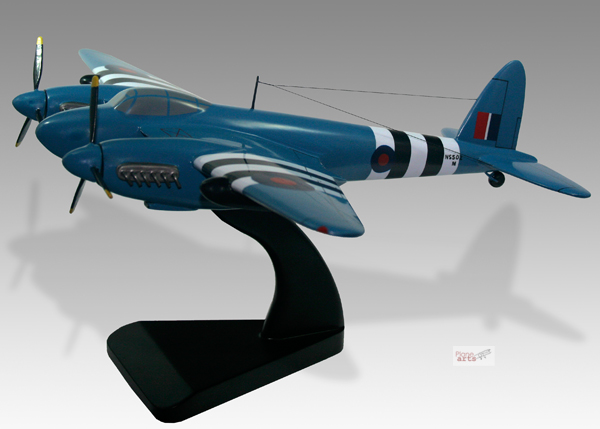
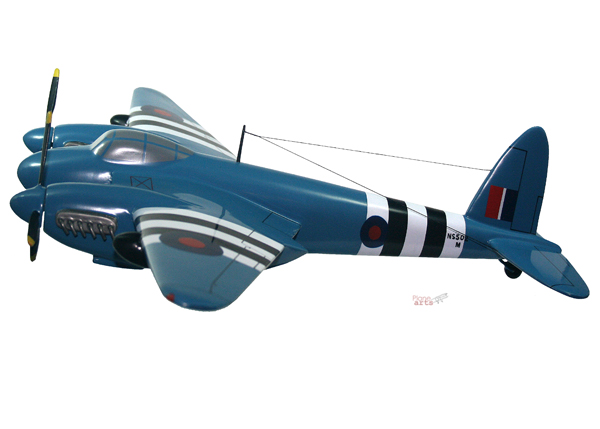
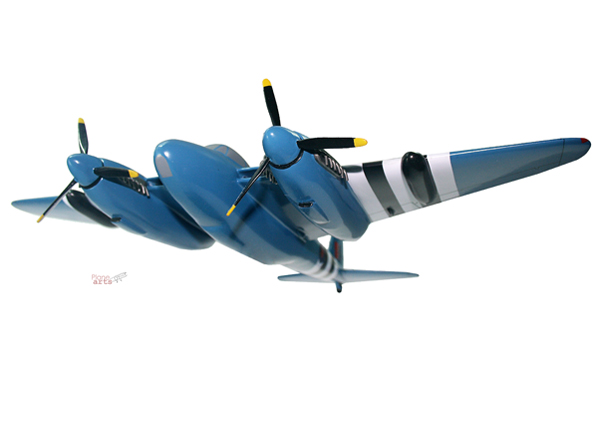
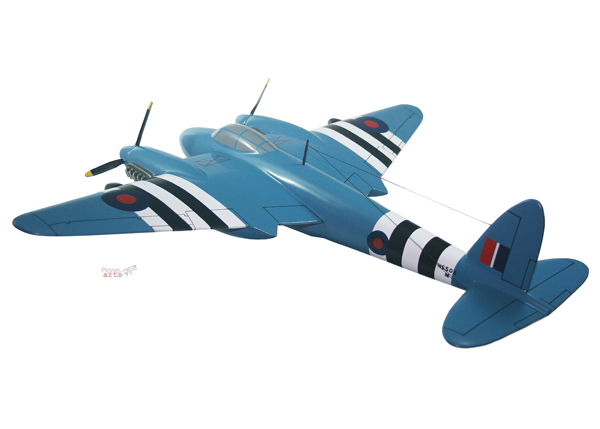
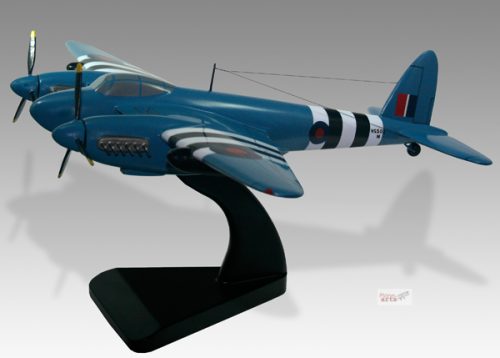
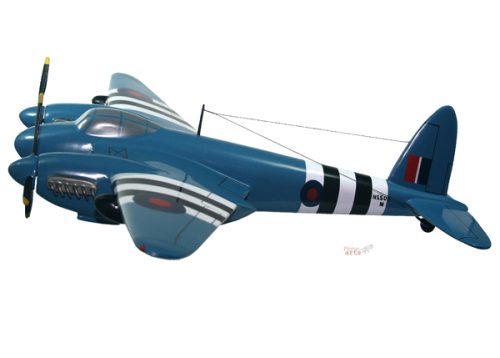
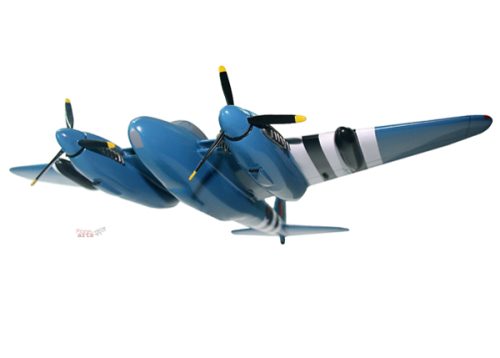
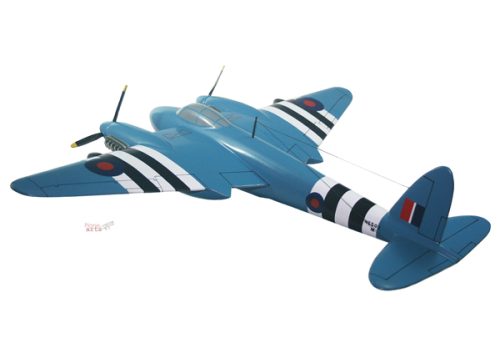
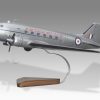
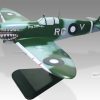
Reviews
There are no reviews yet.